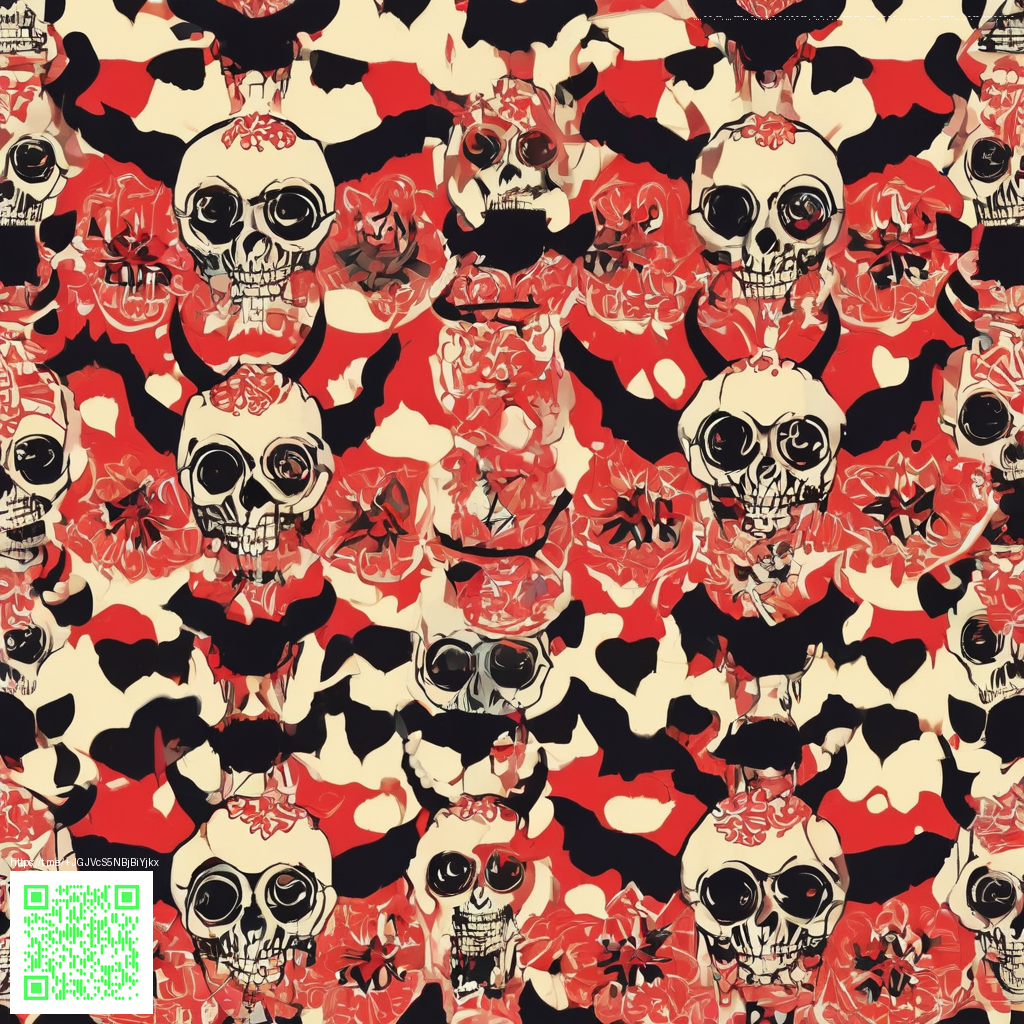
Getting Forge Up and Running: A Practical Guide
For anyone diving into Minecraft modding, Minecraft Forge is the essential toolkit that makes mods work together rather than fight for space in your game. This guide breaks down the setup into clear, actionable steps so you can start experimenting with mods without pulling your hair out. Whether you’re on Windows, macOS, or Linux, the core process is similar—download the right version, install Forge, and then drop compatible mods into your mods folder.
What Forge Does for Your Minecraft World
Forge acts as a loader and library manager for mods, coordinating how they interact with the game and with each other. It provides APIs that many mods share, which reduces compatibility headaches and makes it easier for authors to build features like new biomes, items, blocks, and gameplay tweaks. When you open your launcher, you’ll see a Forge profile you can select to launch Minecraft with all your chosen mods enabled. This simple setup unlocks a mountain of possibilities while keeping stability in check.
“A well-organized mod setup saves hours of troubleshooting.”
Step-by-Step: Setting Up Forge
- Identify your Minecraft version. Mods are version-specific, so decide which Minecraft edition you want to mod (for example, 1.19 or 1.20) and note the corresponding Forge version. If you’re unsure, start small with a widely supported, stable build.
- Download the Forge installer from the official pages that match your Minecraft version. Avoid third-party loaders unless you’ve verified their authenticity, as mismatched files are a common source of crashes.
- Run the installer and choose the “Install client” option. The installer will create a new Forge-enabled profile in your Minecraft launcher. After installation, launch Minecraft once to complete the setup.
- Locate or create the mods folder in your Minecraft directory. Mods placed here should be Forge-compatible and updated for your chosen Forge version. If the folder doesn’t exist, you can create it yourself inside the main game directory.
- Add mods and test. Start with a couple of lightweight mods to verify everything runs smoothly. Keep a backup of your saves before loading new combinations, especially if you’re venturing into big mod collections.
Throughout this process, a stable, comfortable setup helps you stay focused. For example, a reliable, non-slip surface can improve precision during testing and world-building. If you’re curious, a Non-slip Gaming Mouse Pad Polyester Surface Anti-Fray 9.5x8 makes long sessions smoother and helps keep your mouse movement consistent as you profile new mods.
Tips for a Smooth Forge Experience
- Always back up your worlds before adding or removing mods.
- Use a dedicated modded profile in the launcher to avoid mixing it with vanilla play.
- Check mod compatibility notes for Forge, especially for dependencies like Libs or Cord libraries.
- Keep Java up to date, but align the Java version with the Forge/Minecraft version you’re using.
- Test in short sessions to isolate issues quickly—don’t chase a crash for hours in one marathon run.
As you grow more comfortable with Forge, you’ll start curating a mod set that fits your playstyle—whether that means tech-focused automation, new dimensions, or cosmetic upgrades. If you want to explore a quick reference or related visuals while you work, you can check a related resource page at this page. It’s a handy companion as you map out which mods to prioritize first.
Common Hurdles and How to Solve Them
- Crashes at launch: mismatched Forge version or incompatible mods are the usual culprits. Double-check the mod list against the Forge version you installed.
- World corruption after adding mods: back up, remove the latest mod, and verify that the remaining mods don’t require updates.
- Performance dips: allocate more RAM to Minecraft in the launcher settings if your system allows it and ensure mods aren’t overloading resources.